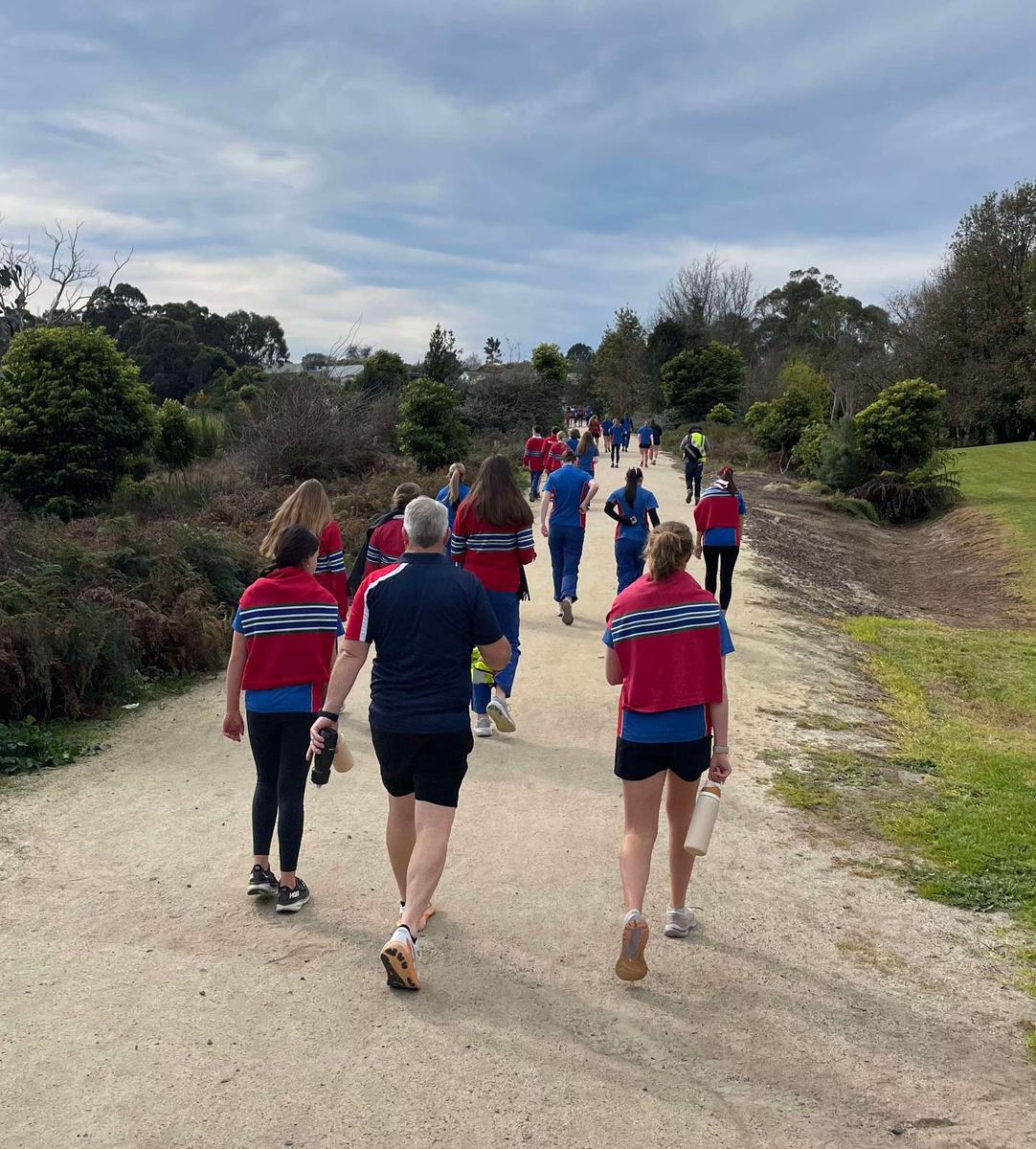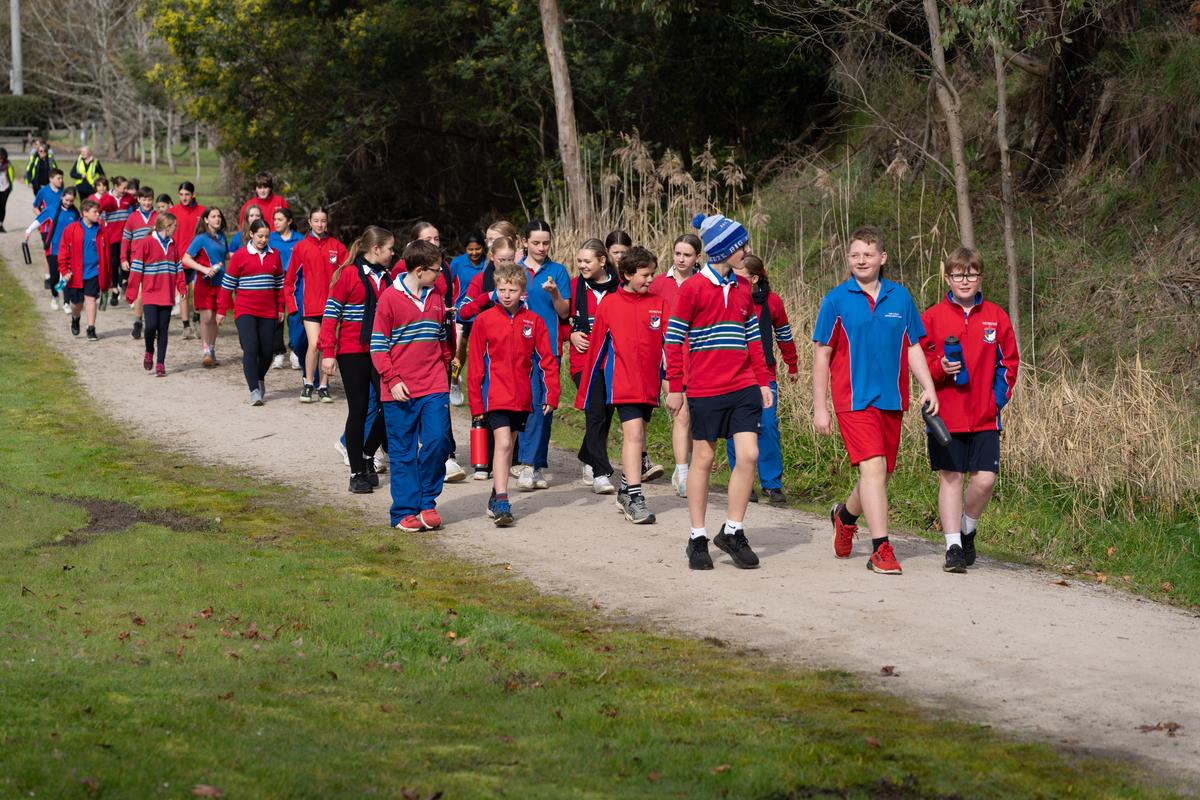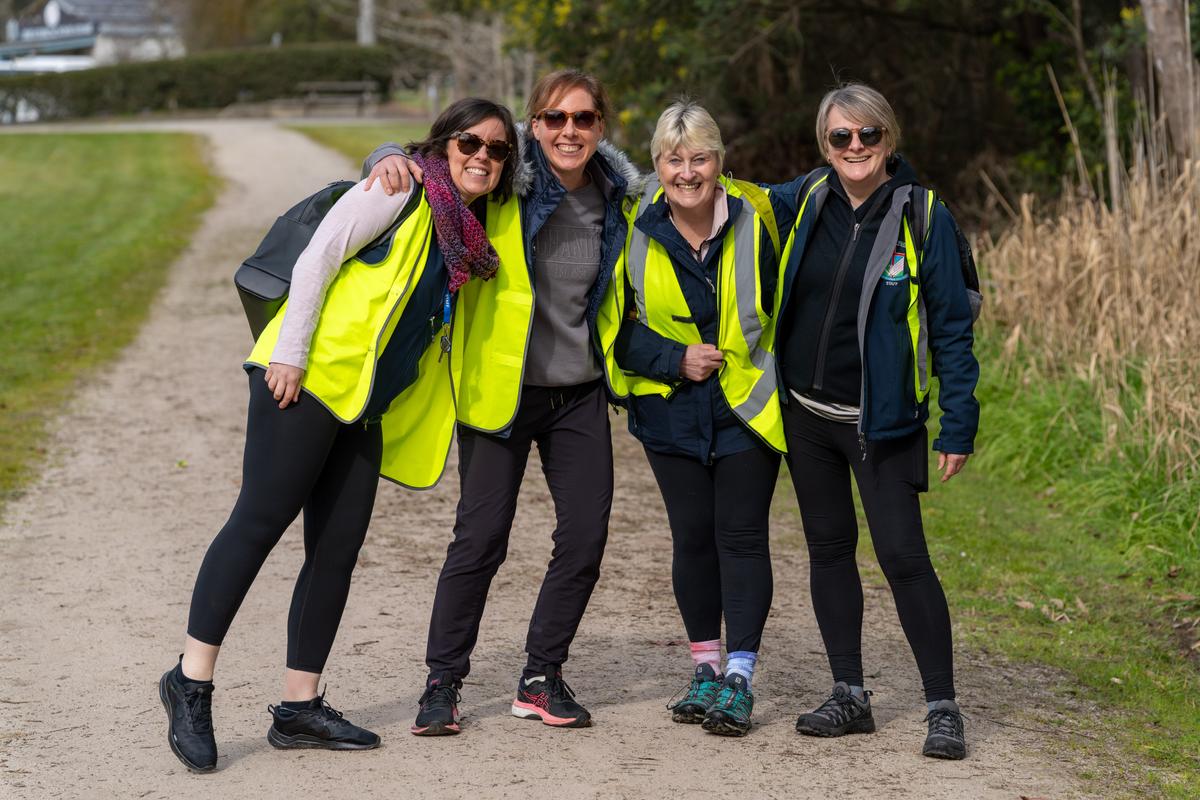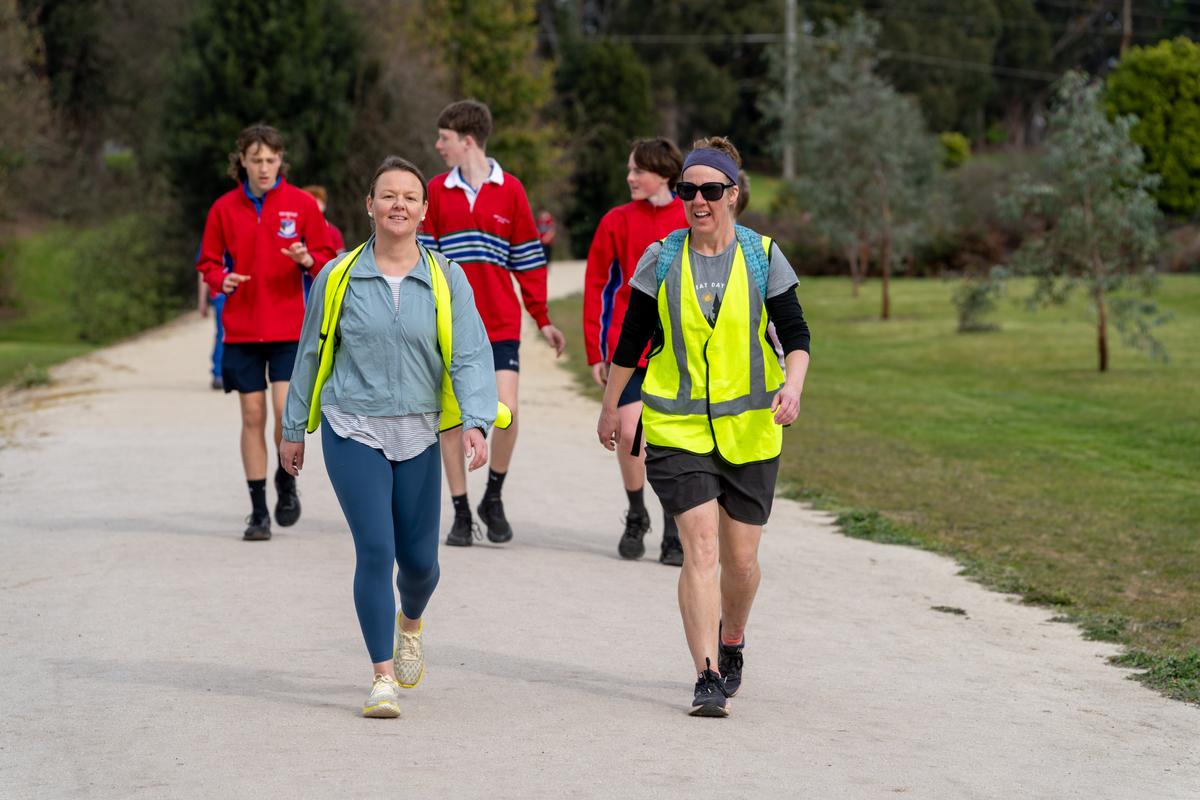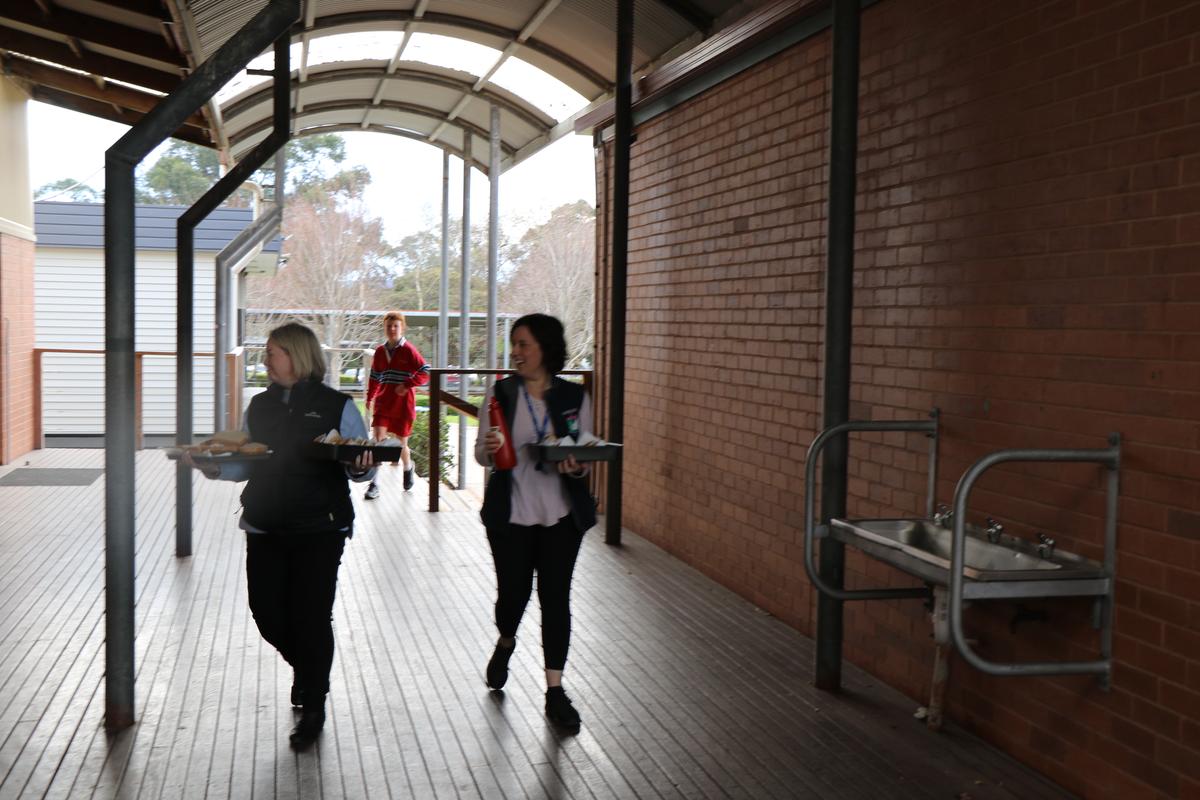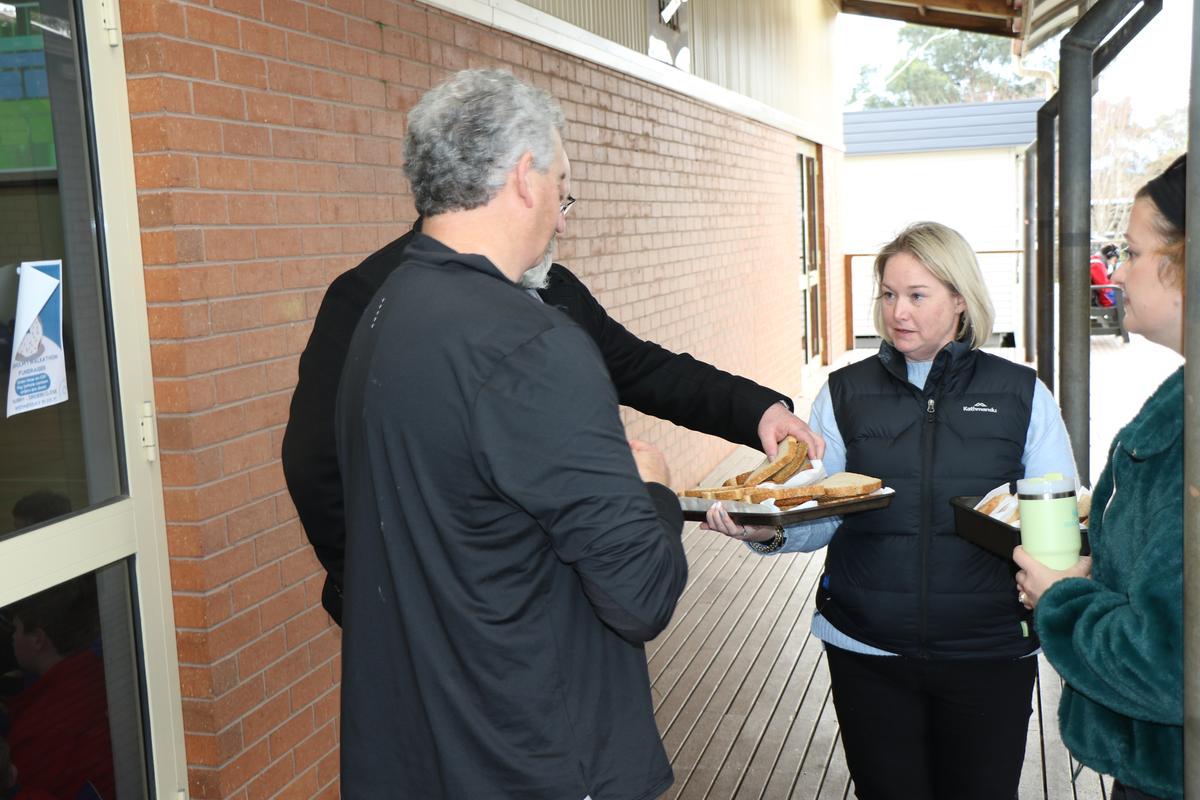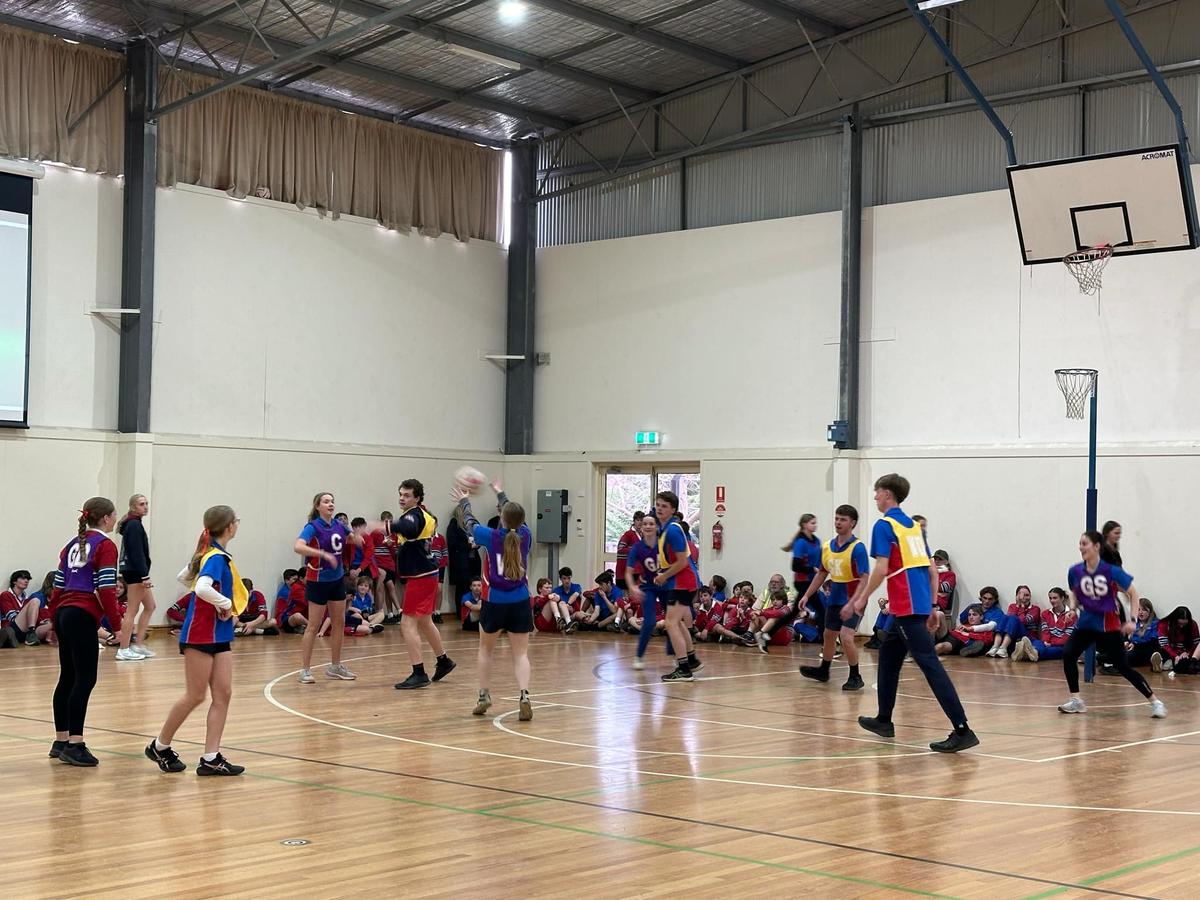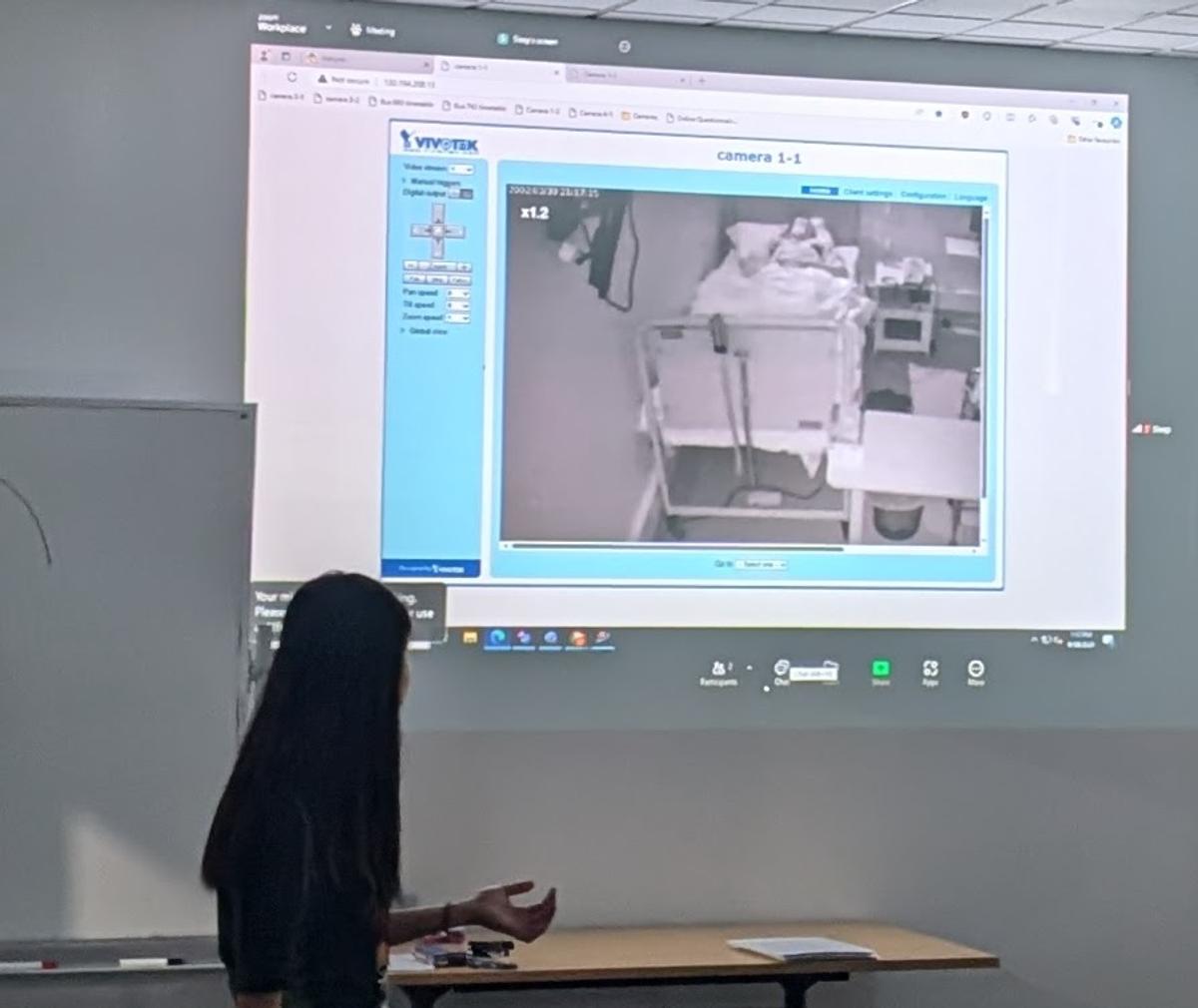Around the College

Walkathon
Last week on Thursday 08th August, we celebrated with a Feast Day Mass followed by our 25th Walkathon! The entire school came together to walk 10km, raising both awareness and funds for six important charities. It was a fantastic day, made even better when the sun finally came out at the end! We wrapped up the event with a well-earned BBQ and an exciting netball game between students and staff. More videos and photos to follow!
Over the past few weeks, staff and students have been dedicated to fundraising for the Walkathon. The entire college community has been working hard to raise essential funds for our important chosen charities. If you haven’t had the chance to contribute yet, there is still time to make a donation and support these worthy causes!
- You can still donate HERE
- Additionally, you can contribute by donating prizes for the upcoming staff fundraiser.
- You can also participate in 8D's fundraiser, The Great Shrapnel Collection Competition. This is a great opportunity to clear out your stash of spare change (silver coins) from your car, junk drawer, bedside table—you get the idea!
- Or, you can purchase The Cook Book by 9A! (full details are on the poster below.)
Monash Sleep Lab
On Tuesday 6 August, the Year 12 Psychology class travelled to Monash University’s Turner Institute for Brain and Mental Health in Notting Hill. Specifically, they attended a full-day program at the Healthy Sleep Clinic. During the morning session, an honours student currently undertaking research at the Sleep Clinic led a lecture and hands-on activity relating to the content in Unit 4, AOS 1. This area of study focuses on the human body’s demand for sleep, including physiological and psychological changes during sleep across the lifespan, and the importance of sleep to mental well-being, including particular challenges to achieving sufficient sleep during adolescence and how to improve sleep hygiene.
After a group lunch at the Wicked Café within the complex, students visited the sleep laboratory, where brave volunteer, Jayde Hall, was connected to an electroencephalograph (EEG), electromyograph (EMG), and electro-oculograph (EOG). This process entailed sitting very still under the watchful eyes of her peers in a confined space for over 30 minutes. The researchers shared that the full attachment of apparatus for a typical sleep study takes upwards of two hours, all of which has to be transported with the participant if they need to visit the toilet during their overnight stay. Most participants will attend the sleep laboratory for several days to a week to sleep after work, either for research or sleep disorder diagnosis purposes. The first night of data often has to be discarded as the participant adjusts to sleeping in a stationary position to avoid disconnecting any wires.
Once Jayde was wired up, the class returned to the lecture theatre to monitor her brain waves via the EEG, muscle movement via the EMG, and eye movement via the EOG on the big screen in real-time. The morning’s activities must have exhausted Jayde, as she was able to enter a light sleep within the 15-minute observation window. Students were also able to witness her sleeping using video monitoring, which we discussed in class as providing useful subjective context to more accurately interpret the objective data provided by the EEG, EMG, and EOG. Overall, the visit highlighted to the students that they had attained an impressive body of knowledge through their hard work in the area of study, which was completed a week prior to the visit.







